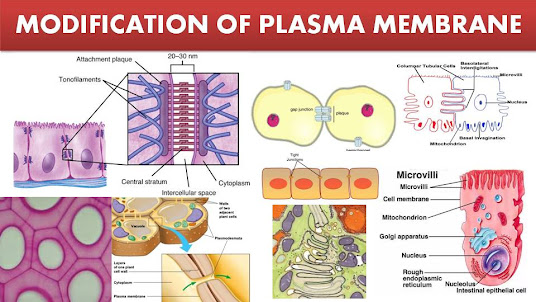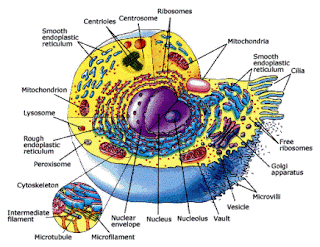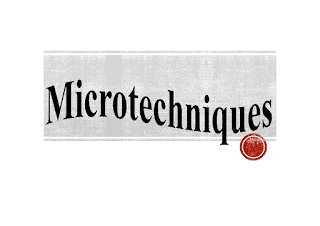. Types of microscopy: 1-Light microscopy
2-Electron microscopy
-:Parts of light microscope
Ocular lens [2 Eye pieces]:
Magnify the image X 10
Objective lenses:
Magnifies the image X 4, X 10, X 40 & X 100 for
higher magnification of more detailed areas
The condenser:
Collects and focuses a cone of light that illuminates
the tissue slide on the stage
Stage control: Moving the slide
How to calculate the total magnification of light microscopy? >> Total Magnification power of light microscope = >> Magnification power ocular lens [10] X Magnification power of objective lens [4, 10, 40 & 100]
Some important measurements & Units
>> Centimeter (cm) = 10 Millimeter (mm)
>> Millimeter (mm) = 1000 Micrometer (µm)
>> Micrometer (µm) = 1000 Nanometer (nm)
The difference between magnification power & resolution power
Magnification power = Degree of enlargement >> The maximal magnification power of: -L.M is 1000 times & -E.M is 120,000 times
Resolution power = The least distance between two points that can be seen as two [not one point]
The maximal resolution power of: -L.M is 0.2 µm & E.M is 3 nm
Types of Electron Microscope
1- Transmission Electron Microscopy 2- Scanning Electron Microscopy
Transmission Electron Microscopy
>> Based on the interaction of tissue components with beams of electrons passing through the tissue sections
>> Produce an image with black, white and intermediate gray regions
>> Electron-lucent = White (Bright) areas through which electrons passed
>> Electron-dense = Dark areas where electrons were absorbed or deflected
Scanning Electron Microscopy
>> Provides a high-resolution view of the surfaces of cells, tissues, and organs.
>> The beam of electrons does not pass through the specimen
>> The surface of the specimen is spray-coated with a very thin layer of heavy metal (often gold) → Reflects
electrons in a beam scanning the specimen.
>> The reflected electrons are captured → 3D-Black & white






















